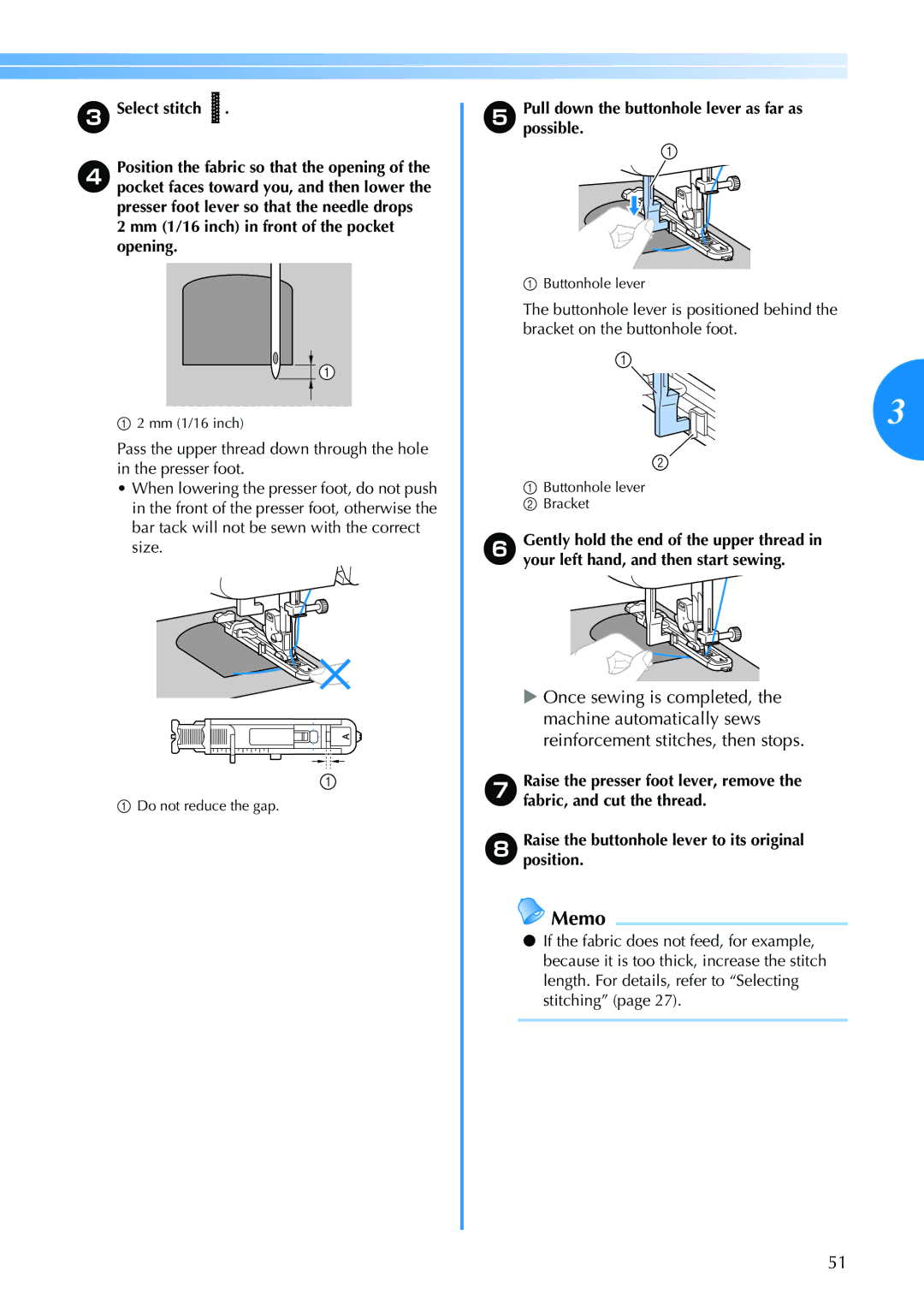HS 2000, EN 1470 specifications
The Brother EN 1470 and HS 2000 are innovative sewing machines that cater to both beginners and experienced sewers alike, offering a host of features and advanced technologies to enhance the sewing experience.One of the standout features of the Brother EN 1470 is its user-friendly interface, designed with simplicity in mind. This machine offers a wide variety of built-in stitches, allowing users to explore different patterns and styles. With over 100 stitch options, including decorative, utility, and heirloom stitches, the EN 1470 provides immense creative flexibility. The automatic needle threader is another highlight, significantly reducing setup time and enhancing convenience.
The HS 2000, while distinct, shares a similar commitment to usability. It features a robust sewing speed, capable of handling various fabrics, from lightweight materials to heavy-duty textiles. The machine comes equipped with an advanced sewing assist guide, which helps users make quick decisions about settings for specific fabrics and stitch types. Additionally, the HS 2000 has a top-loading bobbin system that simplifies the bobbin change process, ensuring a smooth sewing experience without frustrating interruptions.
Both machines incorporate Brother's advanced technology, including the LED lighting that illuminates the sewing area, allowing for precision work, even in low-light conditions. The ergonomic design also promotes comfortable handling, making lengthy sewing projects less tiring.
Another essential characteristic of the EN 1470 and HS 2000 is their versatility. They accommodate a range of presser feet, which allows for a multitude of sewing techniques such as quilting, zippers, and buttonholes. The built-in buttonhole function is automatic in both models, further simplifying the sewing process while achieving professional results.
Durability is key to the appeal of these machines. Crafted with high-quality materials, they can withstand the demands of regular use. Their compact size and lightweight nature make them portable, perfect for sewing enthusiasts who like to take their work on the go.
In conclusion, the Brother EN 1470 and HS 2000 stand out in the market for their combination of user-friendly features, advanced technologies, and durability. Whether you are a beginner looking to explore the world of sewing or a seasoned professional seeking a reliable machine, both models provide an excellent platform to bring your creative visions to life.

